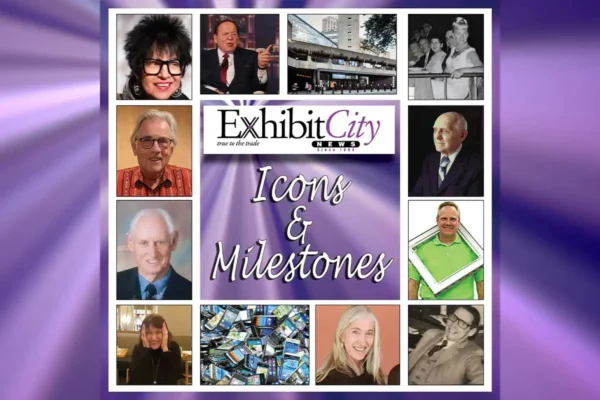A byproduct of the widespread usage of social media as part of pre-show and post-show promotions or as a way to stay connected with clients and customers is the need to learn how to respond to followers in the face of negativity, a source of distraction to potential business-to-business interactions.
 “It’s important to remember that though the comments are generated by a handful of individuals, your response creates a broad public view of how you treat all of your customers,” said Nicole Klein, president and founder, JB Nimble Group. “You should avoid removing negative posts unless they contain excessive profanity, threats or racist comments.”
“It’s important to remember that though the comments are generated by a handful of individuals, your response creates a broad public view of how you treat all of your customers,” said Nicole Klein, president and founder, JB Nimble Group. “You should avoid removing negative posts unless they contain excessive profanity, threats or racist comments.”
Understanding this too well, General Mills received many racist comments on its YouTube channel, last June, in reaction to a new Cheerios commercial featuring an interracial family. The company disabled the comments but stated they would not withdraw the commercial.
“General Mills turned this into very positive PR by focusing on their corporate human values and keen respect for the right of free speech. The company made it clear this was a difficult decision to limit free dialogue on the issue,” added Klein. “Unfortunately, it’s far more common for an unhappy person to post than a satisfied customer to take the time to post.”
The situation with General Mills demonstrates the need for companies to better the experience for their overall customers and find solutions to the lashing out of anonymous social media posters who may not ordinarily be as bold in face-to-face interactions.
“Avoid overreacting and saying something you may regret. You should respond if the comment has merit, and turn into a positive,” advised Randi Zucker, director of brand engagement, genConnect. “Perhaps the negative comments inspired change in the way you do something; make sure you update your community about that. You can be daring and say how after this comment got so much traction, we would like to hear more feedback on what we can do better as a company.”
Klein suggested publicly acknowledging social media users’ concerns and working with them to resolve issues but never ignoring them.
“Ignoring negative comments is just like ignoring customer complaints. It’s simply bad business and in the most public way,” Klein explained. “These days, social media is the place where a company’s dirty laundry gets exposed. So be sure to wash regularly!”
Successfully engaging with followers on social media in the face of negativity could positively impact business-to-business interactions on the show floor or during other types of meetings.
“Third-party statements are automatically seen as more credible than website or sales materials. Everyone knows that people do business with people they like, and thanks to social media, they can check to see if other customers like you,” said Klein.
When customers’ comments are positive, Zucker suggested posting a timely response and asking the original poster’s permission to share their praises across social networks. Although in the competitive world of business, sometimes commentary isn’t what it seems.
“It’s becoming common for unscrupulous businesses to create negative buzz about their competitors,” said Klein. “If you discover that could be the case, engage a company that specializes in identifying and remedying this type of attack, so you can recover your brand credibility.”
Reactions to unfavorable responses could be prepared in advance through crisis communications and social media plans. To balance negative commentary, Klein recommended determining ways to encourage the posting of positive feedback as part of a social media plan.





























